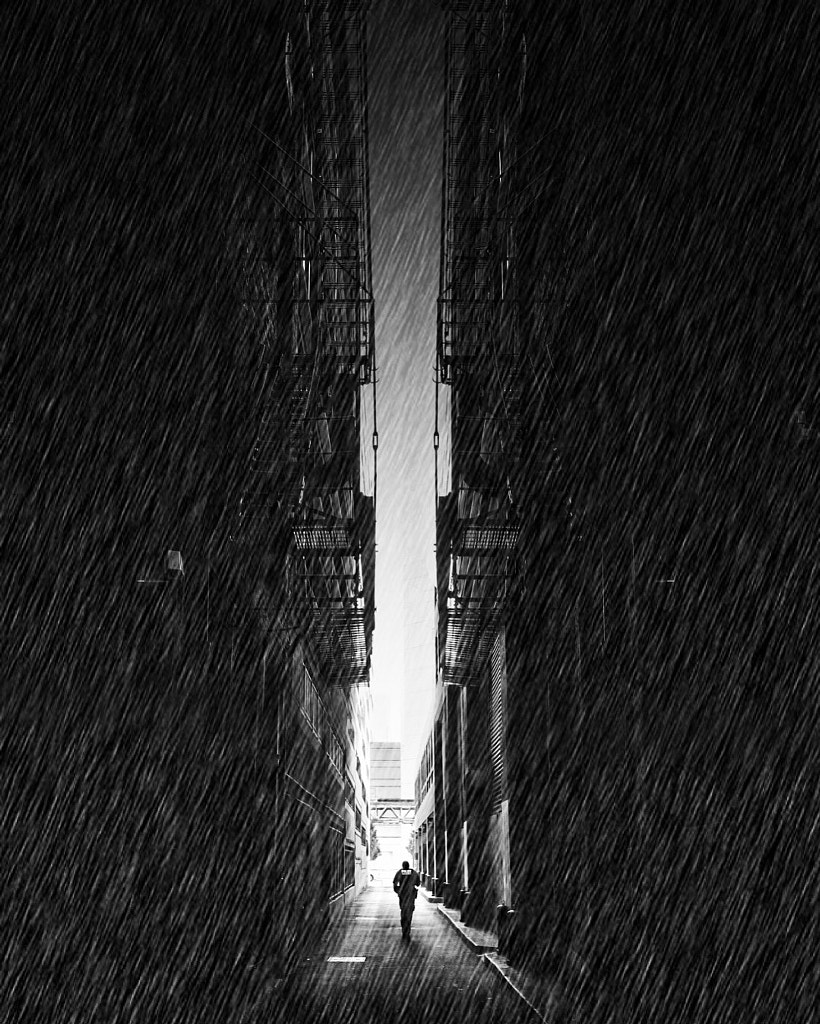
Our January 2020 CDP newsletter, “Items of photographic interest” was sent via email this week to subscribers, and it is also now available as a free downloadable PDF.
Download: Jan-2020-CDP-newsletter.pdf

Our January 2020 CDP newsletter, “Items of photographic interest” was sent via email this week to subscribers, and it is also now available as a free downloadable PDF.
Download: Jan-2020-CDP-newsletter.pdf
While color photography has been with us in one form or another since the early 1900s, black and white remains for many of us as the pinnacle of the photographic arts. Capturing a scene properly in black and white is challenging, but when it is successful, the results have a beauty and a clarity that can be breathtaking. Most of the truly great photographers of the twentieth century—at least through the 1960s—shot solely with black-and-white film, despite the rapid rise of color slide film in the late ’40s and ’50s, and the wide-scale adoption of color print film after that.
The digital camera and the smartphone have largely relegated black-and-white photography as an afterthought—often via the click of a filter in Instagram or Lightroom—and I have long felt that this is one of the sad consequences of our modern world. I see plenty of black-and-white photos across the web, but so many of them are simply snapshots with the absence of color, and they lack the gravitas of great work.
Learning to see in black and white, and how to expose and compose for the gray tones is an art that requires study, experimentation and care, and it’s rare to see contemporary photographers who focus exclusively in this world. One who does, and has stunningly beautiful work, is Jason M. Peterson.


One of my favorite recent photo essays is Fred R. Conrad’s Capturing Camaraderie in a Minor League Baseball Team, part of the New York Times’ excellent Lens blog. Conrad is a New York Times photographer who, drawing on the example of early 20th century sports photographer Charles Conlon, shadowed the Rockland Boulders, a minor league team based in Pomona, N.Y. Instead of using a digital camera, Conrad used an old Graflex 4×5 film camera to capture the intimacy and grace of the players in a fantastic collection of portraits and players in their environment. The 19 photos in the group are lovely, and worth your time, especially if you’re interested in portrait photography or baseball, or both. (You can find more of Conrad’s work on fredrconrad.com.)

Maria Svarbova’s In the Swimming Pool series is one of the most unique and beautiful photo projects I’ve seen in a while. Her mastery of light and color—reminiscent of Agfa’s classic slide films to me—and her attention to the pools’ symmetry and the swimmers’ forms make for stunning and captivating photos.